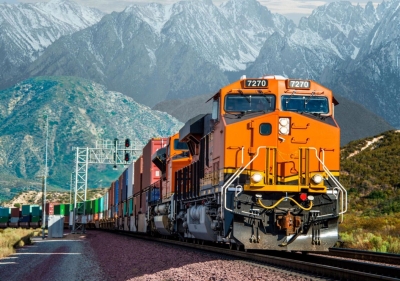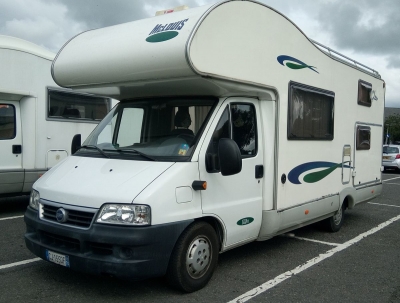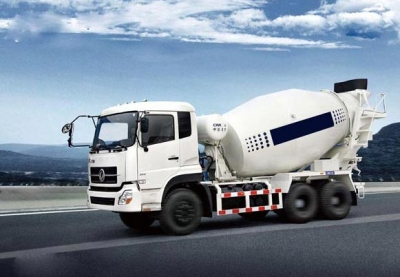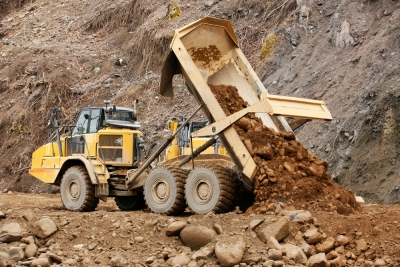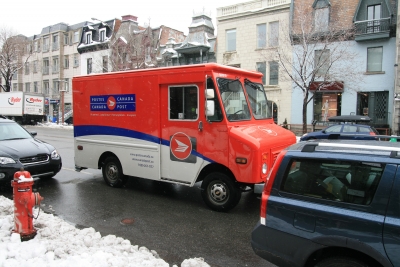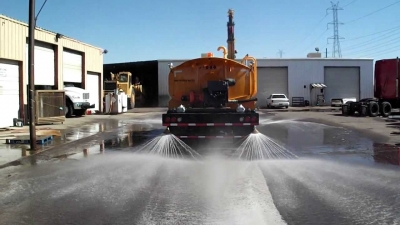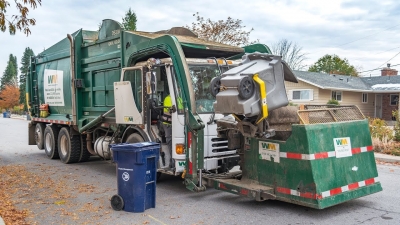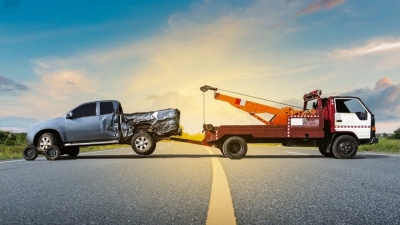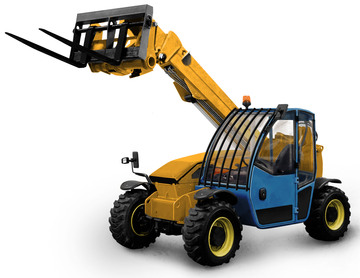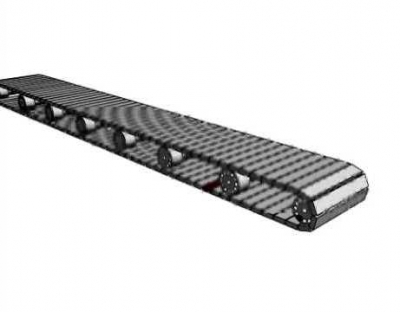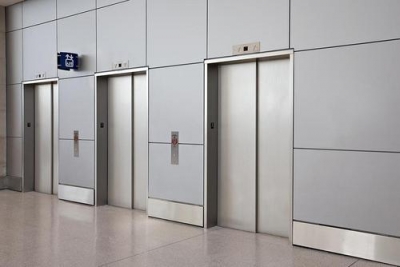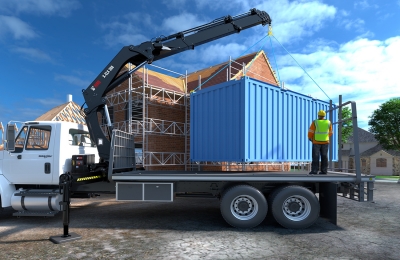How to make your own magnet raft?
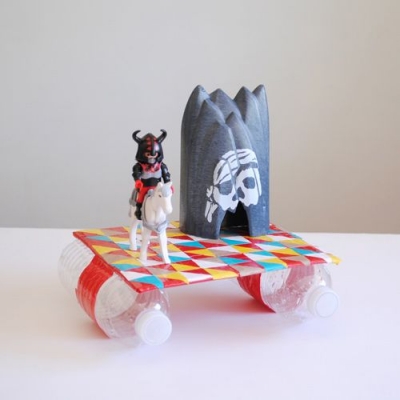
Create your own boat with a few supplies found around the house. Most real boats use sails or motors to make them move across the water, but you can move your boat around a bowl of water using a magnet.
You Will Need:
- a horseshoe or bar
- magnet a large needle pins a plastic lid (from a margarine tub or coffee can)
- a small square of paper decorated as a sail
- a large bowl of water
What to Do:
1. Choose the magnet pole you will use. Use only one pole-north or south. Ask an adult to stroke the end of the magnet down the length of the needle 50 times from the eye to the point. Always rub in the same direction.
2. Test the needle to see if it now has a magnetic pull. Will it pick up a pin? Be very careful since you are using pins and needles.
3. Have an adult rub the needle 50 more times with the magnet. Make sure you use the same pole. Pin the magnetic needle through the paper sail.
4. Fasten the sail in the centre of the plastic lid. Float the raft in the bowl of water. Use the different poles of the magnet to push and pull the raft across and around the water.
Picture Credit : Google

